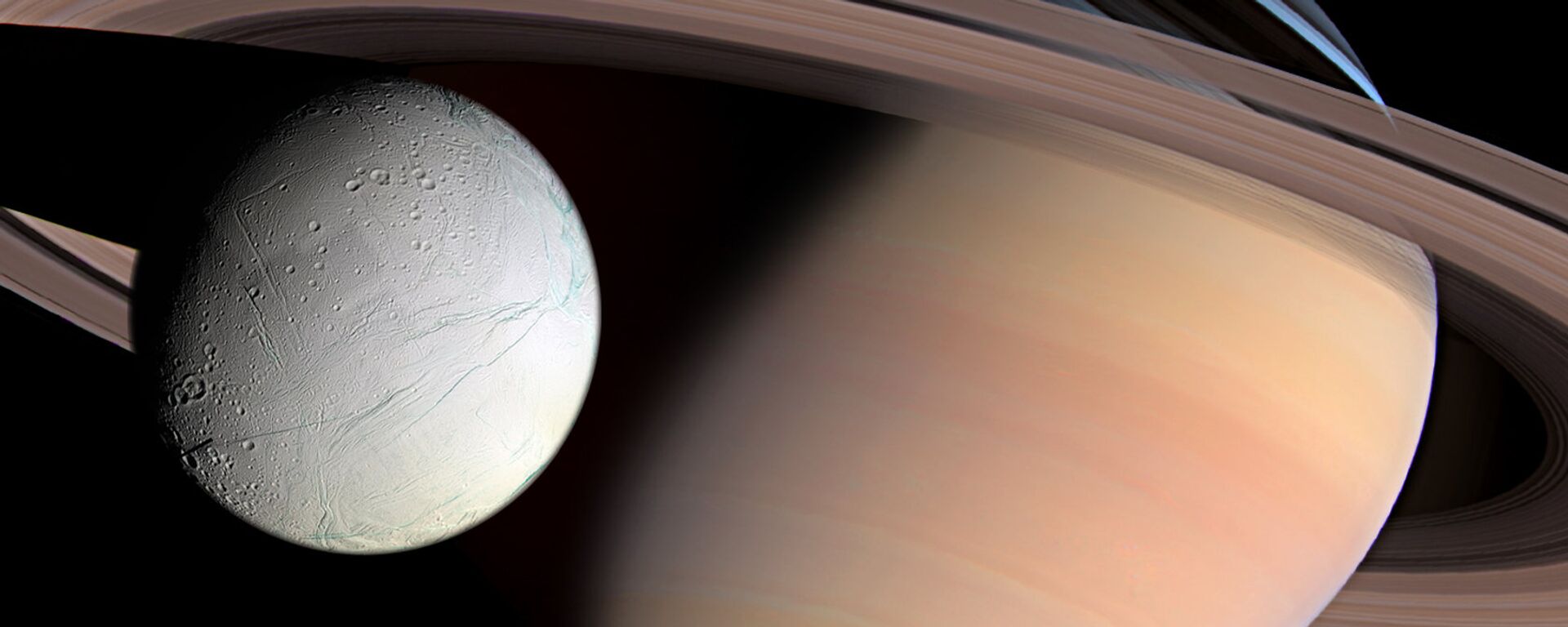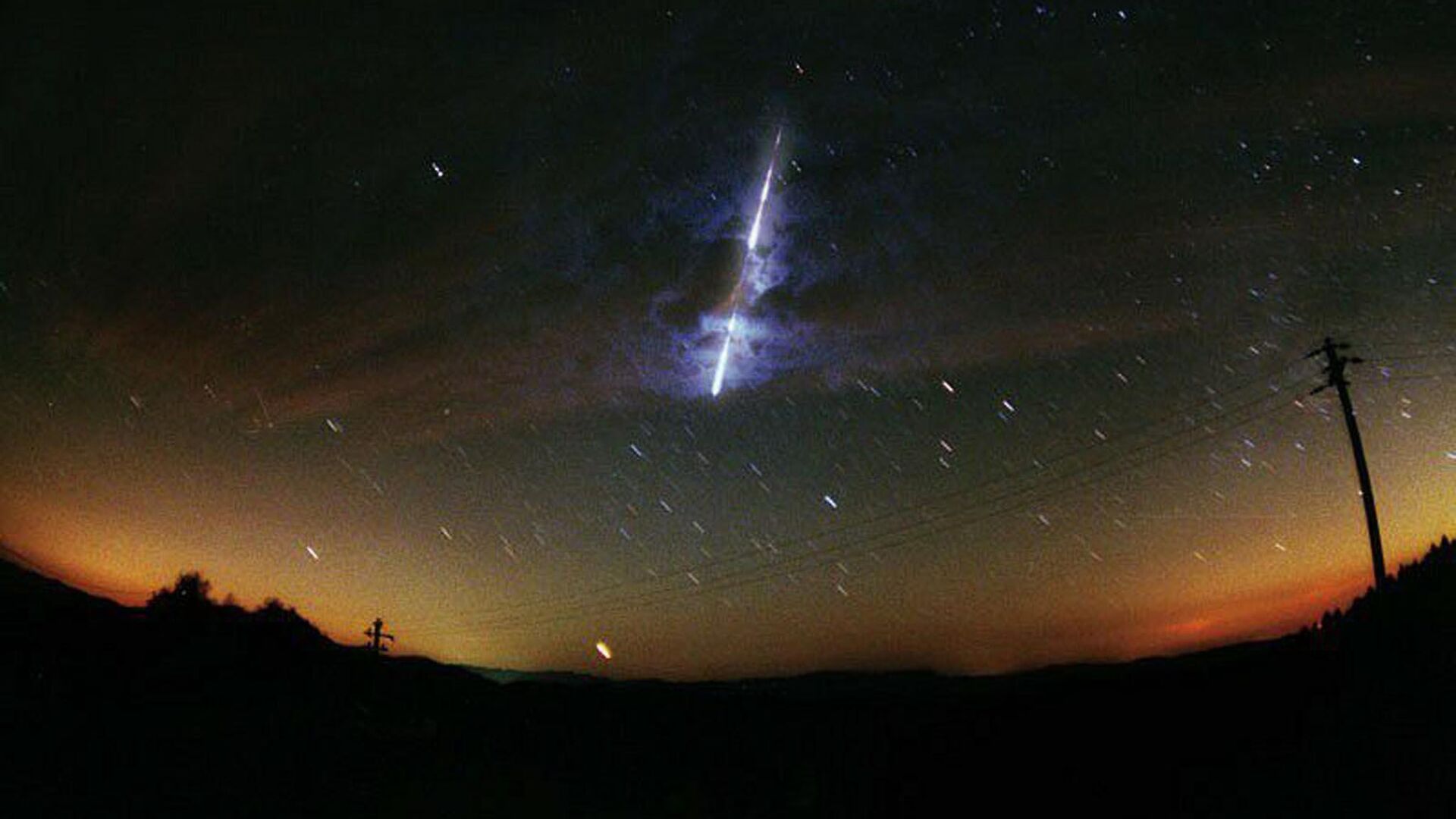https://sputnikglobe.com/20230126/scientist-proposes-fire-microscopic-pellets-at-spacecraft-for-more-speed-1106716942.html
How to Make Spaceships Faster? Shoot Them With Micro Pellets, Scientist Suggests
How to Make Spaceships Faster? Shoot Them With Micro Pellets, Scientist Suggests
Sputnik International
For a long time mankind has dreamed of manned missions to stars outside the solar system. Yet, such missions require excessive amount of time. But new project promises to make serious progress in solving this problem.
2023-01-26T10:36+0000
2023-01-26T10:36+0000
2023-01-26T10:46+0000
science & tech
university of california
cosmos
space travel
gravitational waves
manned missions
https://cdn1.img.sputnikglobe.com/img/07e6/0c/1e/1105909352_0:109:2048:1261_1920x0_80_0_0_1c19b0646c79c45584e00beaf8bbe133.jpg
Artur Davoyan, an Assistant Professor of Mechanical and Aerospace Engineering at the University of California, has an idea that has been listed as one of 14 proposals in NASA's Innovative Advanced Concepts. Under this program, the scientist will receive a $175,000 grant for further development. In this case, it involves a ray-driven propulsion system, solar sails and a solar gravity lens.The solar gravity lens is an idea to use the Sun as a colossal lens for astronomical observations. It is based on the phenomenon of gravity lenses predicted by General Relativity, which says massive objects change the curvature of space-time by multiplying the light from objects behind them.Unlike traditional spacecraft and rockets, laser-powered solar sailboat flights do not require fuel. However, the beams of radiation weaken at long distances. Very powerful laser installations are required for the apparatus to reach the nearest star in at least a hundred years.Davoyan proposes a change to this idea - a stream of microscopic particles that would be able to move an apparatus weighing about a ton to a distance of 500 astronomical units (1 AU is the average distance from Earth to the Sun) in less than 20 years. Each particle is set in motion by laser ablation, and then particles themselves transmit their momentum to the spacecraft. Unlike the laser beam, the particles are not deflected as quickly and are much lighter than photons, allowing the heavier vehicle to accelerate.In addition, less energy is needed to accelerate such particles. According to the scientists' calculations, for a ship with a mass of 1 ton, which will move at a speed of 10 AU per year (1.5 trillion km per year), only a 10 MW laser is needed.
https://sputnikglobe.com/20230115/blizzards-in-space-saturns-moon-enceladus-boasts-deep-snowdrifts-research-shows-1106335715.html
Sputnik International
feedback@sputniknews.com
+74956456601
MIA „Rosiya Segodnya“
2023
News
en_EN
Sputnik International
feedback@sputniknews.com
+74956456601
MIA „Rosiya Segodnya“
Sputnik International
feedback@sputniknews.com
+74956456601
MIA „Rosiya Segodnya“
pellet-beam technology, when humans go manned missions, do scientists use sun to accelerate spaceships, how do gravitational lenses work, firing rockets into space
pellet-beam technology, when humans go manned missions, do scientists use sun to accelerate spaceships, how do gravitational lenses work, firing rockets into space
How to Make Spaceships Faster? Shoot Them With Micro Pellets, Scientist Suggests
10:36 GMT 26.01.2023 (Updated: 10:46 GMT 26.01.2023) For a long time, mankind has dreamed of manned missions to the stars, but technological constraints have kept people from exploring deep space. Nevertheless, researchers continue their quest to create better spaceships - and according to a new study, a solution may be closer than we think.
Artur Davoyan, an Assistant Professor of Mechanical and Aerospace Engineering at the University of California,
has an idea that has been listed as one of 14 proposals in NASA's Innovative Advanced Concepts. Under this program, the scientist will receive a $175,000 grant for further development. In this case, it involves a ray-driven propulsion system, solar sails and a solar gravity lens.
The solar gravity lens is an idea to use the Sun as a colossal lens for astronomical observations. It is based on the phenomenon of gravity lenses predicted by
General Relativity, which says massive objects change the curvature of space-time by multiplying the light from objects behind them.
"All current spacecraft and rockets fly by expanding fuel. The faster the fuel is thrown away, the more efficient the rocket is. However, there is a limited amount fuel that we can carry on board. As a result, the velocity a spacecraft can be accelerated to is limited. This fundamental limit is dictated by the Rocket Equation. The limitations of Rocket Equation translate into a relatively slow and costly space exploration. Such missions as Solar Gravitational Lens are not feasible with current spacecraft," the professor told an American news agency.
Unlike traditional spacecraft and rockets, laser-powered solar sailboat flights do not require fuel. However, the beams of radiation weaken at long distances. Very powerful laser installations are required for the apparatus to reach the nearest star in at least a hundred years.

15 January 2023, 11:43 GMT
Davoyan proposes a change to this idea - a stream of microscopic particles that would be able to move an apparatus weighing about a ton to a distance of 500 astronomical units (1 AU is the average distance from Earth to the Sun) in less than 20 years. Each particle is set in motion by laser ablation, and then particles themselves transmit their momentum to the spacecraft. Unlike the laser beam, the particles are not deflected as quickly and are much lighter than photons, allowing the heavier vehicle to accelerate.
In addition, less energy is needed to accelerate such particles. According to the scientists' calculations, for a ship with a mass of 1 ton, which will move at a speed of 10 AU per year (1.5 trillion km per year), only a 10 MW laser is needed.
"The pellet beam aims to transform the way deep space is explored by enabling fast transit missions to far-away destinations," said Davoyan, adding that "With the pellet beam, outer planets can be reached in less than a year, 100 AU in about three years, and solar gravity lens at 500 AU in about 15 years. Importantly, unlike other concepts, the pellet-beam can propel heavy spacecraft (~1 ton), which substantially increases the scope of possible missions."




